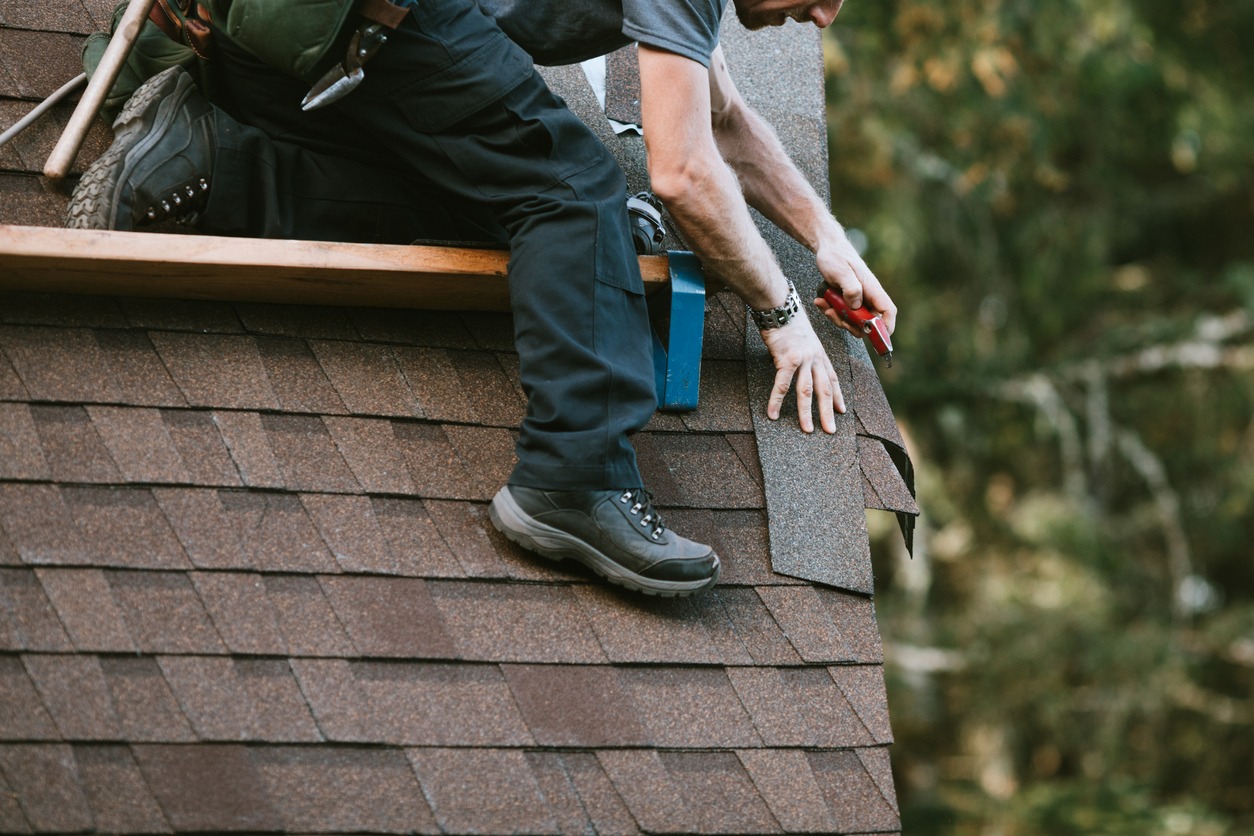Whether a residential home or commercial structure, every single part of a building is independently important because all of those different parts make up the whole. For instance, you will never have a stable structure without a good foundation, nor will you have a safe dwelling without sturdy and durable walls. These things work together to create a total greater than the sum of its parts. One of the most important parts is the roof. Having a properly framed roof adds a lot of strength and rigidity to the walls, helping to create a stable structure. Though, beyond that, how the roof is dressed will also determine how long it lasts and how well it protects against the weather. This is why a lot is put into a good roof to make it safe and ensure it stands up to the elements.
There’s a lot more that goes into a good roof than merely slapping some shingles on. One of the best innovations to ever come out of construction has been roofing felt, also called tar paper by some. Companies like Active Exteriors can do such great work because they don’t skimp when it comes to the quality of their roofing paper and the skill of the individuals installing it. Good roofs require good roofing companies to make them. They also require good roofing felt. Here is some more information on the topic.
What is Roofing Felt?
Roofing felt is an underlayment for shingles, more or less. After the roof is constructed with plywood, it needs a protective layer that sits over the wood and protects it from rot. It also needs leakage and other issues associated with being out in the elements. Though this tar paper is also ideal because it gives the shingles a better surface to rest on than just the wood, it also improves the lifespan of the shingles used. So it’s an in-between layer: An outer layer for the wood and underlayment for the shingles. No roofing companies worth their salt would ever complete a job, residential or commercial, without the use of this felt.
How Classic Roofing Felt is Made
Roofing felt is called tar paper by so many colloquially because that’s essentially what it was when it got its start. It was a high-quality, durable paper that was coated in actual tar. This sort of application found fame in the tar’s ability to hold things in place, repel the elements and prevent leaks. It wasn’t long until the material became the industry standard. Though the original tar paper was very messy and difficult to work with, so advancements started to be made on the material over the years, leaving us with the roofing felt we have today.
Advancements in Roofing Felt
Today’s tar paper is called roofing felt because you’re dealing with a lot of different materials. It’s typically constructed out of a high-quality fibreglass fleece material that’s totally synthetic. It’s bound together with other materials like asphalt and bitumen, making it very durable, pliable and waterproof. The advantage you get here is durability and longevity. These materials are going to hold up, probably longer than your shingles.
Other advancements have been made, and now you can even find some polyester fleece roofing felt options. This type of felt is a lot lighter and easier to work with while still being famed for its amazing durability and its waterproof nature.

A roofer and crew work on putting in new roofing shingles. Small local business serving local families in Washington State.
Why Roofing Felt is Important
Shingles do a great job at protecting against the elements, but they’re mainly for aesthetic purposes and to route water downward. They weren’t designed to keep out every drip and drop of water, but roofing felt was. If you’re having a roof repaired or built, you need roofing felt as a layer for protection.
When you need a job done with your roof, always remember to contact a good company to ensure that the job gets done the right way.

